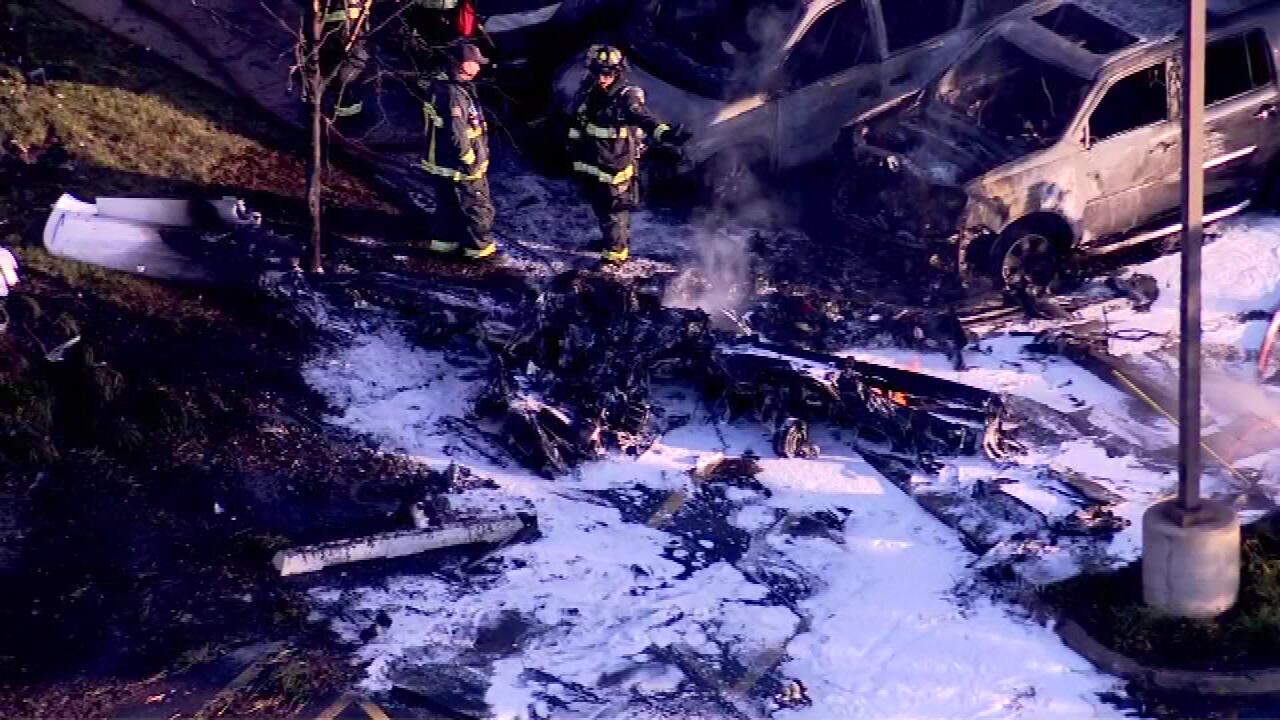Is it? My CFI who does pretty good with a lot of things does not do real well with the whole concept of speed over the fence. Do not ask me why, I have asked her and have complained a number of times to her about it, but she gets real ansy with "slow speed over the fence." When training in a 172 she had me at 70kts over the fence, and in my 182 in was 80 kts. Those 10 kts makes a huge difference. I know they are way too fast, and just compensate on my landings realizing I am going to land long. The hard part was realizing this during training, and I did not fully grasp the concept until I did a precheckride ride and really expeienced the difference. I like to doe maneuvers for practice once a month and sometime more often and usually vary what I do. Last weekend it was short field landings(which I had not done in my plane in probably about a year), and played with speeds on a 3600X50 runway. My "goal" was to be able to slow to a stop before the 1st taxiway(about 1700 ft) with minimal braking. It was runway 23 with winds at 160 at about 10 kts at my home field about 30 miles away. Windsock at the landing field showed similar. Doing my regular landing 70 kts with 2 notches flaps and I rolled right past the intersection. At 60 knots with full flaps, I had more than enough runway to spare to turn off at 1700 feet.


